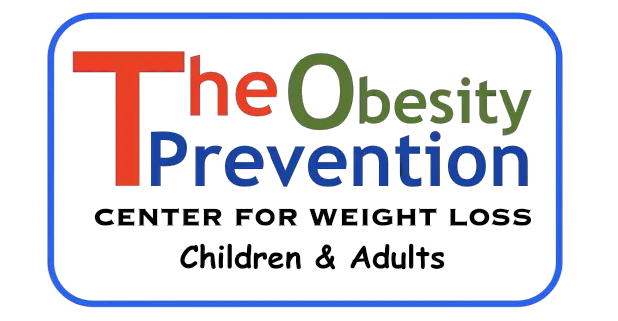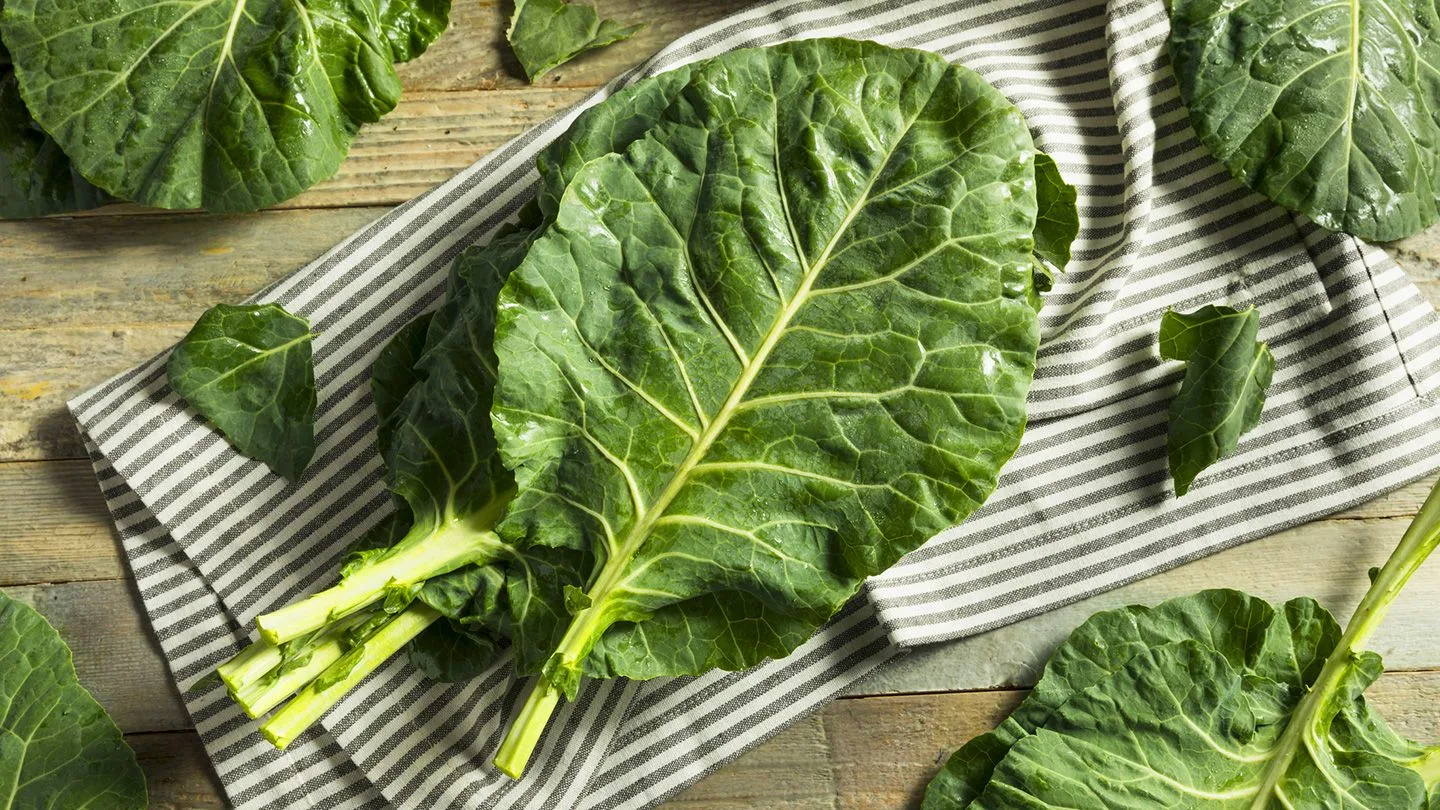Losing weight can feel like an uphill battle. Endless diets promise fast results, yet sustainable weight loss remains elusive for many. What if the key was not restriction or deprivation, but abundance? Abundance of the most delicious, nutritious foods nature provides – fruits and vegetables.
Plant-based eating, with its emphasis on produce, has emerged as one of the healthiest and most effective weight loss strategies. If you feel stuck in your weight loss journey, it may be time to shift your focus to the power of plants. Discover how basing your diet around bountiful fruits and veggies can unlock your path to reaching a healthier weight.
Introduction
A plant-based diet means structuring your eating pattern around whole plant foods. This includes succulent fruits, crisp vegetables, nourishing whole grains, beans, lentils, nuts, seeds, and more. Animal products and highly processed foods take a backseat or are avoided. When fruits and vegetables become the rock stars of your plate, incredible benefits follow.
In recent years, plant-based eating has become a major health and wellness trend. People are increasingly turning to vegan and vegetarian diets for weight loss, disease prevention, and longevity. The science backs up the hype – studies consistently link plant-based diets to lower BMI and body weight, reduced risk of chronic illnesses, and longer lifespan.
If your weight loss attempts have hit a plateau, embracing a produce-centered approach could be the breakthrough you’ve been waiting for. Plant foods provide the perfect toolkit for managing hunger and reducing excess calories without sacrificing satisfaction.
This blog will uncover how filling your diet with nature’s bounty of fruits and veggies can help you lose weight successfully. You’ll learn how their nutrients, fiber, and volume promote weight loss while conquering cravings. Get ready to discover the transformative power of plants!

The Power of Plant-Based Eating for Weight Loss Goals
At its foundation, a nutrient-dense plant-based diet is focused on eating more whole plant foods and avoiding highly processed ingredients. Vibrant plant foods like fruits, veggies, beans, lentils, whole grains, nuts, seeds, herbs and spices take center stage at meals. Meanwhile animal products and refined foods play a more limited role or are excluded.
This way of eating provides effective, holistic weight loss results for several key reasons:
- Plants are naturally packed with fiber, which slows digestion and enhances satiety, helping you eat less overall. Refined grains and processed foods are typically lower in fiber.
- Removing meat and dairy often substantially reduces saturated fat and total calories in a meal plan.
- Fruits and vegetables have high water and nutrient content but relatively few calories, allowing you to eat abundantly.
- Plant proteins like beans require more chewing than animal proteins like steak, improving satiety.
- Herbs and spices provide big flavor without excess calories, reducing the need for calorie-laden sauces.
Study after study demonstrates the weight loss advantages of plant-forward diets. One major study followed over 70,000 adults for 4 years. Vegans and vegetarians were found to gain less weight over time compared to non-vegetarians.
Plant-based diets may make weight loss seamless due to their high volume and nutrient density balanced with fewer calories overall. Filling your plate with satisfying, low-calorie fruits and veggies makes it easy to slash excess calories without hunger or deprivation.
Success stories reinforce that plant-based eating provides a flexible, sustainable roadmap to shedding pounds. People who lost 50+ pounds emphasize eating abundant produce, whole grains, and plant proteins while reducing animal products, oils, and processed foods. With the right mindset, plant-based eating offers freedom in achieving your weight loss goals.
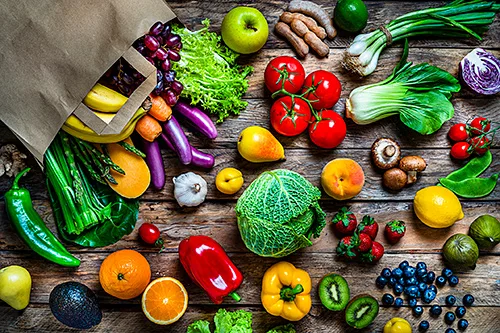
Harnessing the Nutritional Bounty of Fruits
When you think of tasty foods that also nourish your body, fruits instantly come to mind. Their sweet flavors and versatility make them prime for satisfying cravings and hunger. Fruits provide a bonanza of nutrition including antioxidants, vitamins, minerals and gut-filling fiber. Harnessing their goodness supports your waistline goals and overall health.
Many fruits are naturally low in calories because of their high water content. For instance, a cup of diced watermelon has just 50 calories. Berries, grapefruit, peaches and pears are other slim options when you want sweetness with fewer calories.
Enjoy fruit whole, blend it into smoothies, or get creative with chia puddings, sorbets, and fruit-based desserts. Berries make the perfect parfait layered with plain yogurt and toasted oats. Salads get a flavor and nutrition infusion with sliced oranges, apples, or pomegranate seeds. Simply washing and freezing grapes or bananas creates ready-to-eat icy treats.
As you pursue weight loss, be mindful of portions with higher sugar fruits like mangoes, grapes, and bananas. Dried fruit is more concentrated in sugar and calories, so enjoy in moderation. Overall though, fruits provide a nutritious way to conquer cravings and feel satisfied, a key home-run for weight loss.
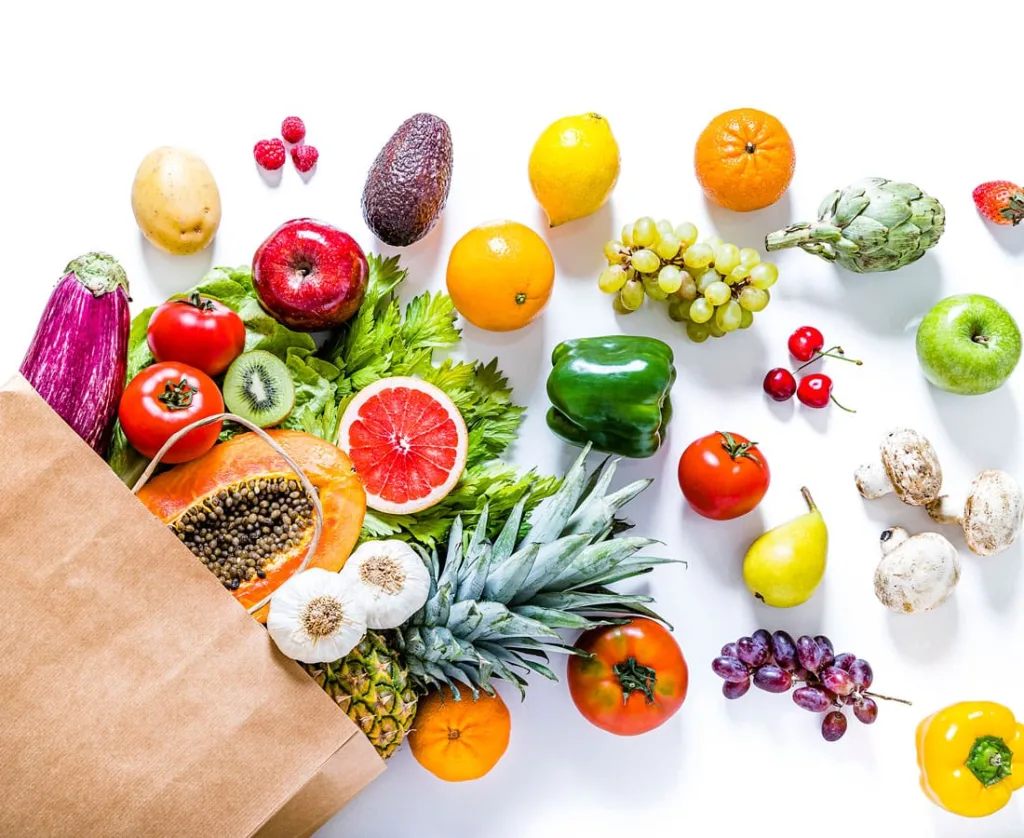
Vegetables as the Cornerstone of a Leaner You
When it comes to nutrients that power weight loss, vegetables are undisputed superstars. They provide the foundation for plant-based eating with their wide range of vitamins, antioxidants, minerals and gut-filling fiber.
Non-starchy vegetables like leafy greens, mushrooms, tomatoes, carrots, peppers and broccoli provide bountiful nutrition with few calories due to their high water content. These veggies add bulk and volume, so you feel satisfied on less food overall. Compare this to refined grains and processed snacks that are easy to overeat yet provide few essential nutrients.
Building meals around plants by adding extra veggies, or using them as the main ingredient, helps naturally reduce calories without sacrificing fullness. For example, cauliflower rice, zucchini noodles, and roasted eggplant provide substance and the comfort of “carb-heavy” dishes with a fraction of the calories.
Eating a rainbow of vegetables supports overall health as the pounds drop off. Make it a goal to fill your plate with a variety of colors and types each day. Discover new-to-you varieties at the farmer’s market or specialty store – trying unique veggies keeps things exciting.
Regardless of preferred preparation method – roasted, steamed, sautéed etc. – the key is drawing out vegetables’ delicious flavors. Herbs, spices, lemon juice, and other plant-based accents boost taste without weighing down dishes with excess oil or salt like in traditional cooking.
At lunch or dinner, make veggies the highlight of your plate, with whole grains and plant proteins playing a supporting role. For instance, build meals around cauliflower fried rice with tofu, vegetable noodle pasta with chickpeas, or a hearty salad with beans or lentils. When you let plants shine, you’ll find it easy to lose weight without sacrificing satisfaction.
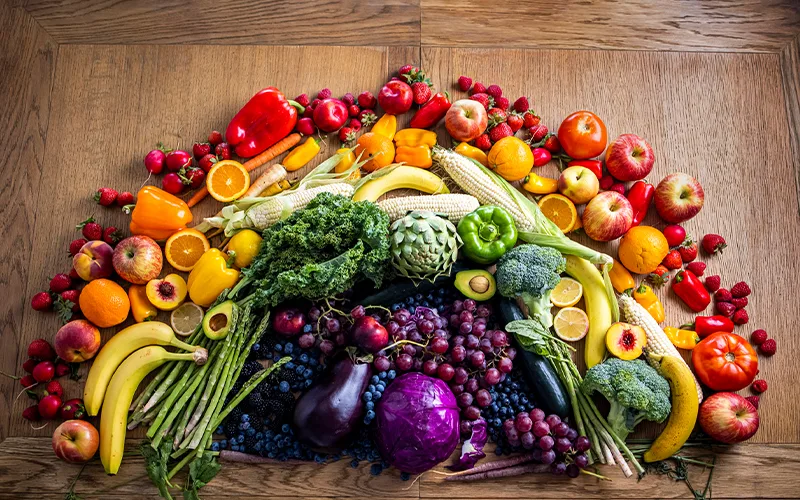
Crafting Balanced Plant-Based Meals for Weight Loss Success
When transitioning to plant-based eating for weight loss, it’s understandable to worry whether meals will still feel satisfying. Luckily with some simple strategies, you can craft delicious plant-based meals that nourish your body while promoting weight loss.
The key is combining fiber-rich complex carbs, plant-based protein and healthy fats in the ideal balance. Great sources of carbs include whole grains like quinoa, brown rice, buckwheat and oats. For plant-based protein, load up on beans, lentils, tofu, tempeh, nuts, and seeds. Add healthy fats from olive oil, avocado, nuts and seeds to help absorb fat-soluble vitamins and minerals.
Here’s an example of bringing this all together into a tasty, balanced plant-based meal: sheet pan fajitas with sautéed peppers and onions, black beans, brown rice, avocado, salsa and pumpkin seeds. This provides satisfying protein, carbs, and fats entirely from nutrient-dense plants.
Be mindful of portion sizes with calorie-dense plant foods like avocado, nuts, coconut, and oils. Enjoy larger portions of low-calorie vegetables and fruits paired with smaller sides of whole grains, legumes or plant-based protein sources. This ensures you stay nourished without overdoing calories.
Many people worry about sufficient protein intake when going plant-based. As long as you regularly consume a variety of protein-rich plant foods like beans, lentils, tofu, tempeh, nuts, seeds and whole grains, you can easily meet protein needs for optimal health and muscle maintenance as you lose weight.
Conclusion
Basing your diet around the bounty of delicious whole food plants is one of the most effective and enjoyable ways to reach your weight loss goals. Fruits and vegetables provide an abundance of nutrients, bulk, and satiation but are relatively low in calories.
Centering meals on plants enables you to cut calories without deprivation or portion control struggles. Allow your tastebuds to blossom by discovering tasty new ways to add fruits, vegetables and other plant foods into meals and snacks. This awakens your palate while transforming your health, energy and waistline.
Weight loss is a journey requiring commitment, patience and resilience. Yet filling your plate with nature’s plant-based bounty makes each step lighter and more enjoyable. With this strategy focused on fruits, veggies and other whole foods, you gain an empowering roadmap to gracefully reach your weight goals.
Each plant-powered bite gets you closer to becoming the vibrant, healthy version of yourself you strive to be. A diet rich in fruits and vegetables provides the key to unlocking your full wellness potential.
Thank you for reading this post, don't forget to subscribe to our free newsletter
!